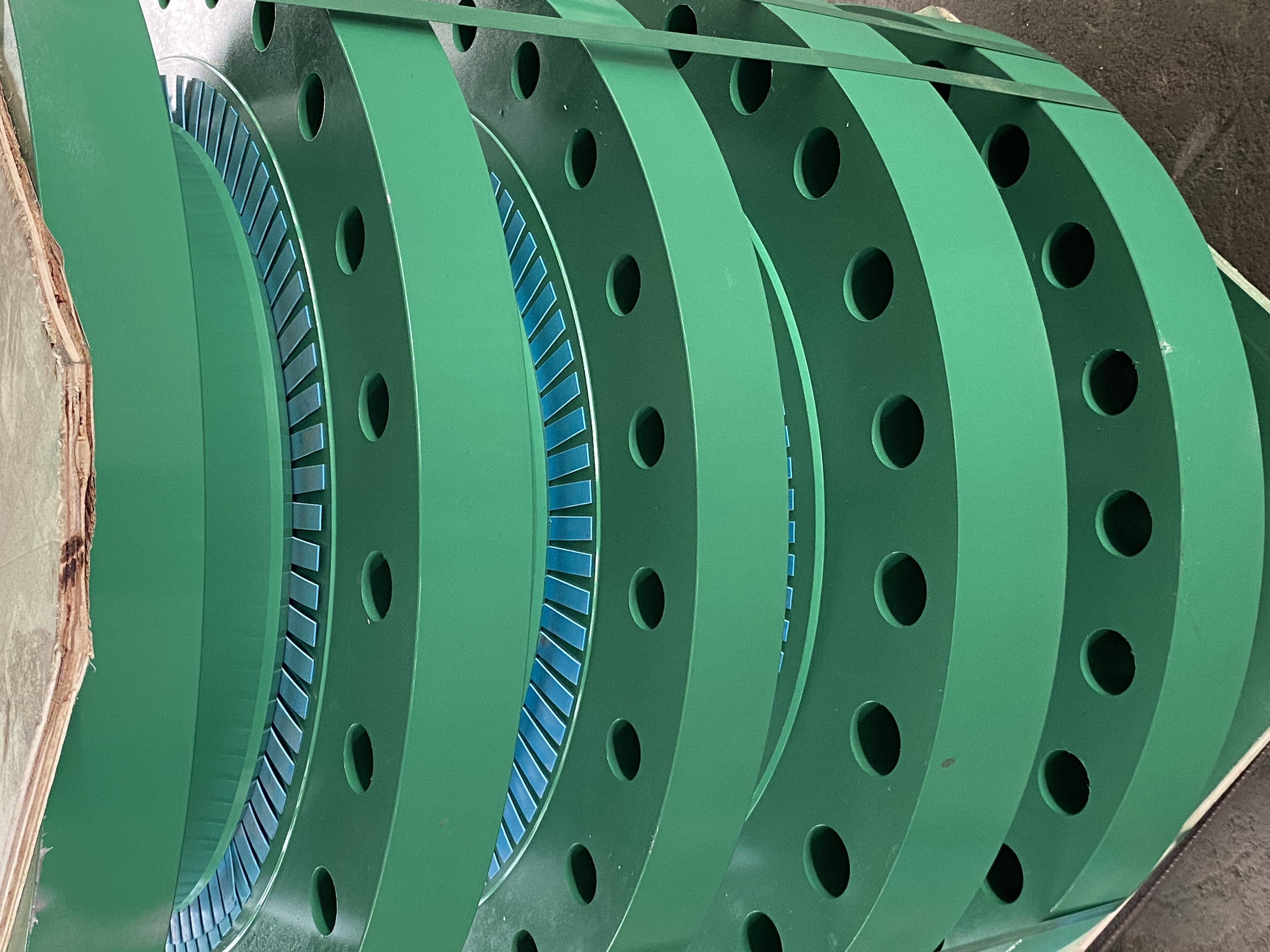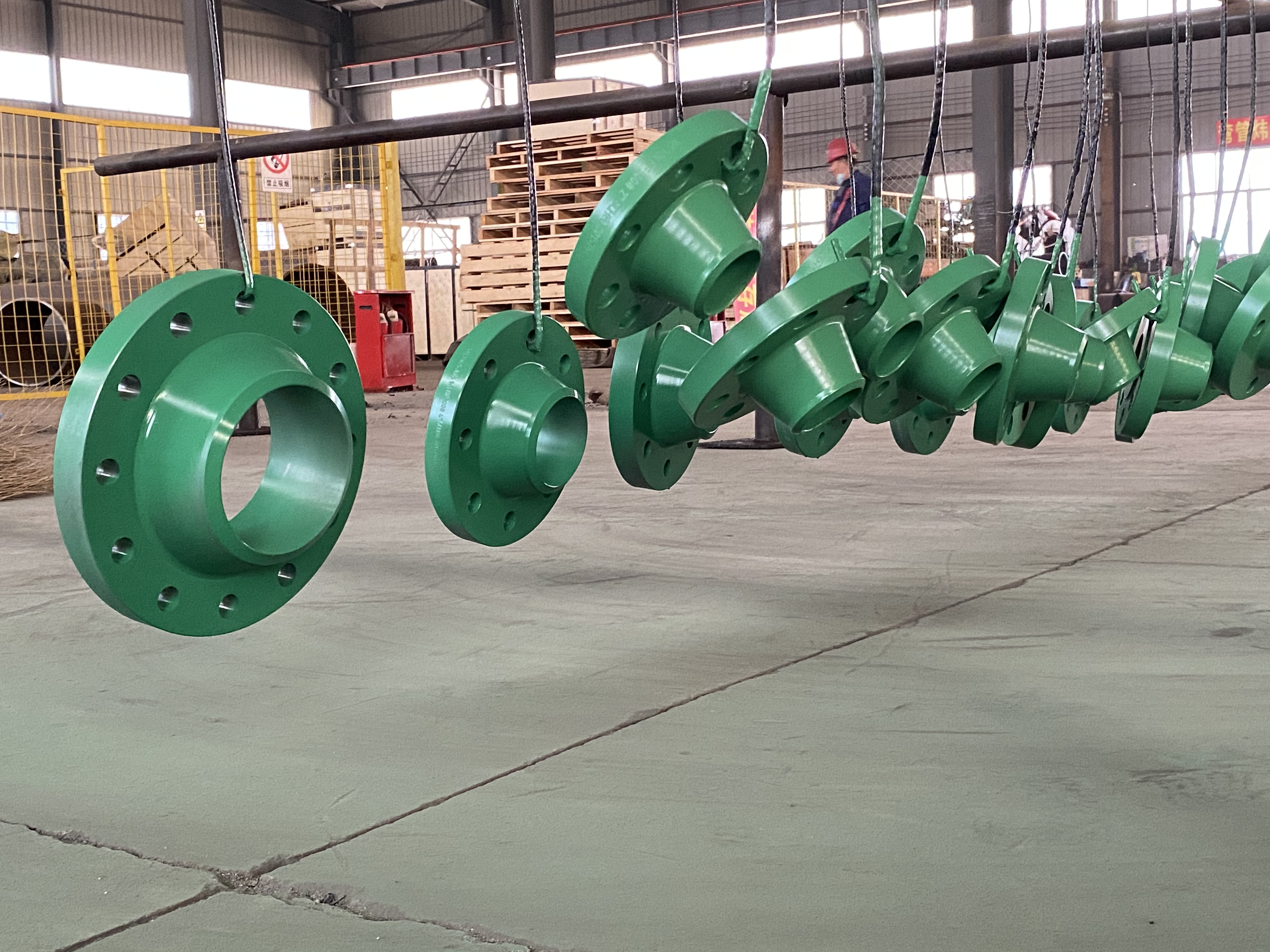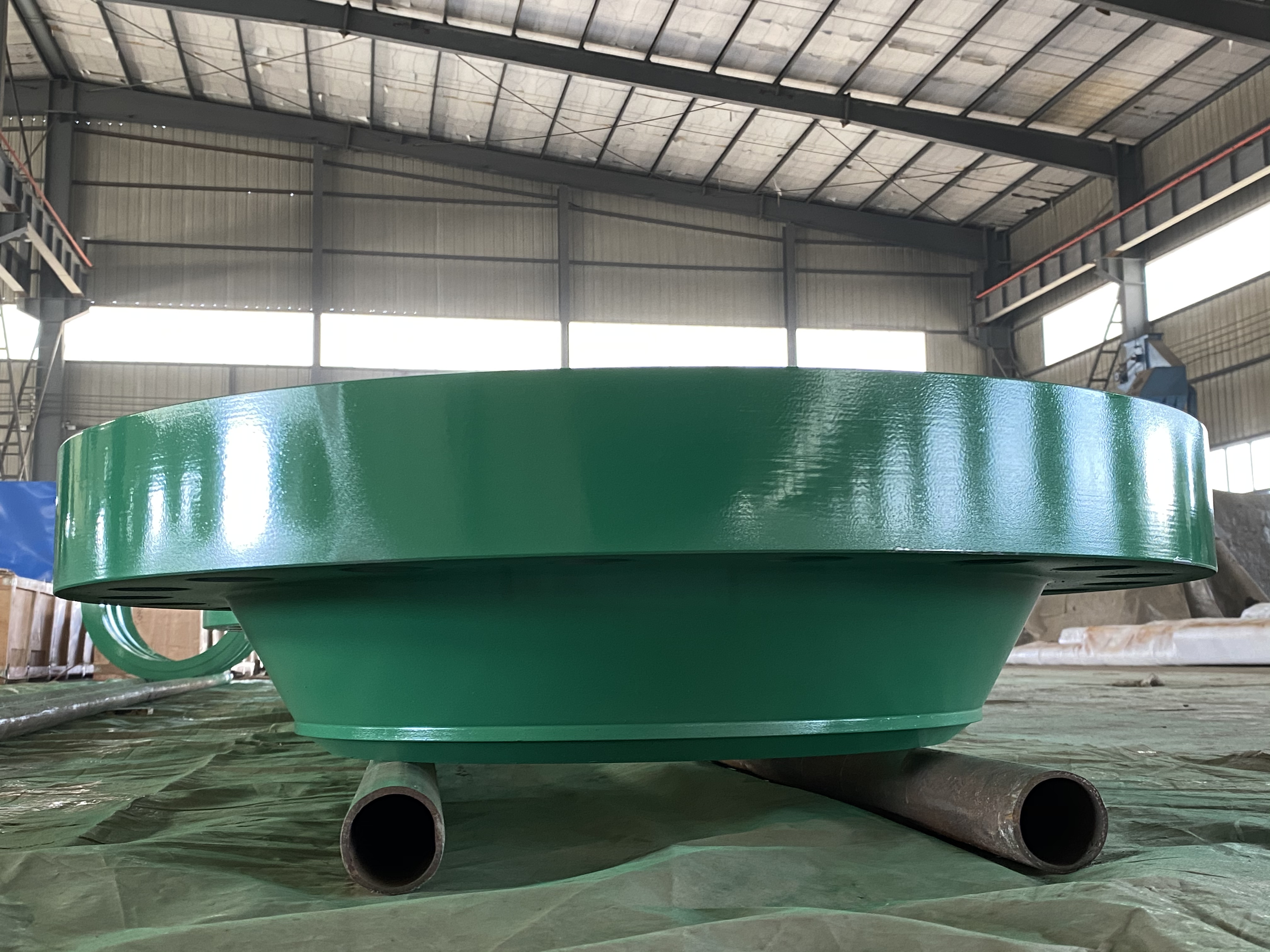NEWS
How to avoid accidents caused by flange leakage in petrochemical plants?
- Categories:News
- Author:
- Origin:
- Time of issue:2023-05-12 10:18
- Views:
(Summary description)The leakage accidents caused by flange interface in the petrochemical plant are also increasing, which causes great harm to the operation of the plant.
How to avoid accidents caused by flange leakage in petrochemical plants?
(Summary description)The leakage accidents caused by flange interface in the petrochemical plant are also increasing, which causes great harm to the operation of the plant.
- Categories:News
- Author:
- Origin:
- Time of issue:2023-05-12 10:18
- Views:
In the petrochemical plant, the processing pipeline is as complicated as the blood vessels in the human body, and the medium is mostly toxic and harmful, so ensuring the quality of pipeline construction has become the focus of engineering quality control. When it comes to pipeline construction quality, the first thing that may come to mind is pipeline welding quality. However, in addition to welding connection, flange connection is also widely used in the connection of pressure pipelines in petrochemical equipment. The number of flange bolts is large and the working condition is complex. In recent years, leakage accidents caused by flange interface are also increasing. It is particularly important to control flange installation quality and strengthen flange management.

1. Main cause of flange leakage
There are many reasons for flange leakage, and the main reasons for flange leakage in the construction stage are as follows: 1) flange, gasket, and other sealing surface damage; 2) Materials such as gaskets or bolts are used incorrectly, which cannot meet the operating conditions of pipeline operation; 3) Flange deflection causes leakage; 4) Gasket damage caused by non-standard fastening; 5) Due to insufficient fastening load, the gasket can not achieve sealing performance; 6) Gasket rot due to excessive fastening load.
2. Control measures to prevent flange leakage
In summary, from the causes of flange leakage, it can be seen that to ensure that the flange does not leak, it is necessary to ensure the installation quality of the flange and gasket through the strict flange process control procedure and select the appropriate fastening load so that the gasket can achieve good sealing performance.

2.1 Flange process management
2.1.1 Personnel Training and Management
All personnel involved in flange management must be trained to work with certificates, and operation without licenses is strictly prohibited. The training is divided into theoretical training and practical training. Theoretical training Professional engineers are responsible for teaching the theoretical knowledge of flange management to the operators. Practical operation training is mainly to carry out systematic practical operation training for full-time operators on site, including the overall quality control process, and equipment use skills.
2.1.2 Material Management
Material management includes flange, fastener, and gasket management, all materials do a good job of arrival acceptance, to ensure that the material essence is. Acceptance requirements for materials are as follows:
1) All materials shall have quality certification documents, and the contents of the documents shall meet the design and specification requirements.
2) After the arrival of the flange, the sealing surface of the flange shall be inspected piece by piece. The sealing surface shall be complete, and there shall be no corrosion, radial scratches, and other defects.
3) The outer edge of the flange shall be marked according to the requirements and conform to the quality certification documents.
4) After passing the inspection, the flange should be kept indoors and treated with corrosion prevention.
5) In the maintenance project, after the flange is opened, the assembly should check the sealing surface condition of the flange and clean up the impurities affecting the seal;
6) After the arrival of fasteners, ensure that the thread of fasteners should be complete, without scratches, burrs, corrosion, and other defects; If the thread is not finished, do not use it.
7) After the fasteners pass the inspection, the thread surface shall be coated with the spiral protective agent, and the thread parts shall be evenly coated.
8) The winding gasket shall not be loose or warped for arrival acceptance, and its surface shall not have defects affecting the sealing performance.
9) For bolts that need to be used after flange disassembly in inspection and maintenance works, the principle of centralized cleaning shall be adopted first, and then inspection and reuse shall be adopted. When cleaning, it is necessary to check whether the thread is damaged and whether the nut can be screwed smoothly to any position of the stud. Unqualified bolts are forbidden to use.

2.1.3 Device Selection
According to different bolt specifications, different tightening equipment should be used, mainly manual torque wrench, electric torque wrench, and hydraulic wrench. A manual torque wrench can be used to tighten bolts with a torque of less than 1000N·m. An electrodynamic torque wrench or hydraulic wrench is recommended for bolts with a torque greater than 1000N·m. An impact wrench can be used for initial tightening to improve initial tightening efficiency.
2.1.4 Flange installation
1) Before flange installation, the flange sealing surface and gasket should be checked and confirmed to ensure that there are no defects affecting the sealing performance, and the protective grease of the flange sealing surface should be removed.
2) The bolts connecting the flange should be able to penetrate freely.
3) The mounting direction and exposed length of flange bolts should be consistent.
4) Tighten the nut by hand to ensure that the nut can turn smoothly on the stud.
2.2 Quality check after fastening flange bolts
After the flange bolts are fastened, the project quality inspection personnel shall conduct a spot check on the bolt torque and flange parallelism according to the inspection records, and sign for confirmation after passing the inspection
2.2.1 Pressure test and verification
The pipeline pressure test is an important means to test the sealing performance of the flange. In the process of the pressure test, the sealing performance of each pair of flanges should be emphatically checked to ensure that the flange does not leak.
Scan the QR code to read on your phone





Tel: +86 157 2731 7311
Tel: +86 157 2731 7311
E-mail: sales@whsteelfittings.com
Factory Add:Zhenggang Industrial Park, Yanshan County, Cangzhou City Hebei Province, China.




Tel: +86 157 2731 7311
Tel: +86 157 2731 7311
E-mail: sales@whsteelfittings.com
Office Add:No.8013 FuHuaHongYan Building,HongYan South road,Chaoyang District ,Beijing ,P.R.CHINA
SOCIAL MEDIA
Copyright © 2020 WH-STEEL 冀ICP备20009811号 Powered by www.300.cn




